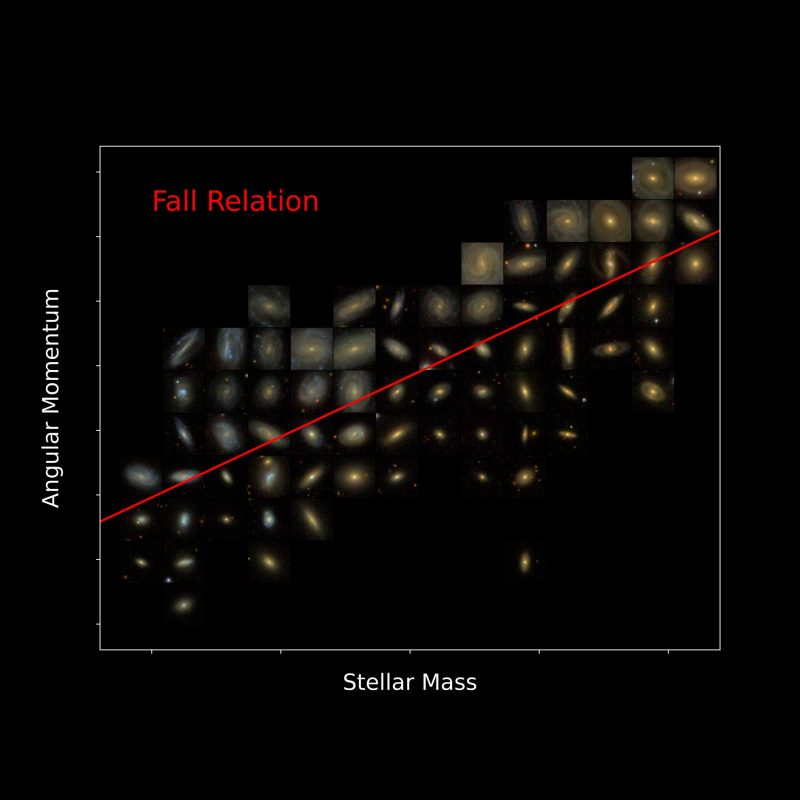
Astronomers suffered a painful loss last year when, on December 1, 2020, the Arecibo radio telescope in Puerto Rico – formerly the world’s largest dish-type radio telescope – collapsed and was decommissioned. Now, a year later, scientists have announced a new paper on galaxy evolution that uses data gathered at Arecibo. So the radio telescope is gone. But the data it gathered during its 57 years in operation lives on.
The Monthly Notices of the Royal Astronomical Society published the peer-reviewed study on galaxy evolution on December 1.
EarthSky 2022 lunar calendars now available! They make great gifts. Order now. Going fast!
Using Arecibo data to study galaxies
Astronomers from the University of Western Australia and the International Centre for Radio Astronomy Research (ICRAR, based in Perth, Australia) wanted to take a closer look at what’s called the Fall relation in astronomy. S. Michael Fall first proposed this relation in 1983. It shows how the mass of stars in a galaxy correlates to the galaxy’s angular momentum (its rotation, or spin). These astronomers used Arecibo to observe 564 galaxies. They said it was the largest grouping of galaxies ever studied at one time, in the context of learning about the Fall relation. The astronomers said their goal was to understand the correlation, in order to understand how galaxies grow and evolve.
Astronomer Jennifer Hardwick of the University of Western Australia led the study. She said:
Although the Fall relation was first suggested almost 40 years ago, previous research to refine its properties had small samples and was limited in the types of galaxies used.
The survey of 564 galaxies enabled astronomers to examine galaxies of varying shapes and ages. And, as often happens, the results challenged what they thought they knew.

Unraveling the results
The results of the study show that the relationship between the mass of stars in a galaxy and its rotation is not what scientists first thought. Different galaxy types display a different relationship between those two elements. Hardwick said:
This work challenges astronomers’ current understanding of how galaxies change over their lifetime and provides a constraint for future researchers to develop these theories further.
The team is left with more questions about the lifecycle of galaxies. Hardwick continued:
Because galaxies evolve over billions of years, we have to work with snapshots of their evolution – taken from different stages of their life – and try to piece together their journey … By developing a better understanding of galaxies’ properties now, we can incorporate these into our simulations to work backwards.

Testing the foundations of thought
Co-author Luca Cortese of the University of Western Australia said:
This creates a cycle of technological development, resulting in new discoveries which push for further advances. However, before getting to the new discoveries, it is critical to revisit previous knowledge to make sure that our foundations are correct.
Since the dawn of extragalactic astronomy, it was clear that angular momentum is a key property for understanding how galaxies form and evolve. But, due to the difficulty of measuring angular momentum, direct observational constraints to our theory have been lacking.
This work provides an important reference for future studies, offering one of the best measurements of the connection between angular momentum and other galaxy properties in the local universe.
Bottom line: Despite the collapse of the Arecibo radio telescope in 2020, astronomers are still using Arecibo data to gain new insights into our universe.
The post Arecibo data lives on, provides new galaxy insights first appeared on EarthSky.
0 Commentaires